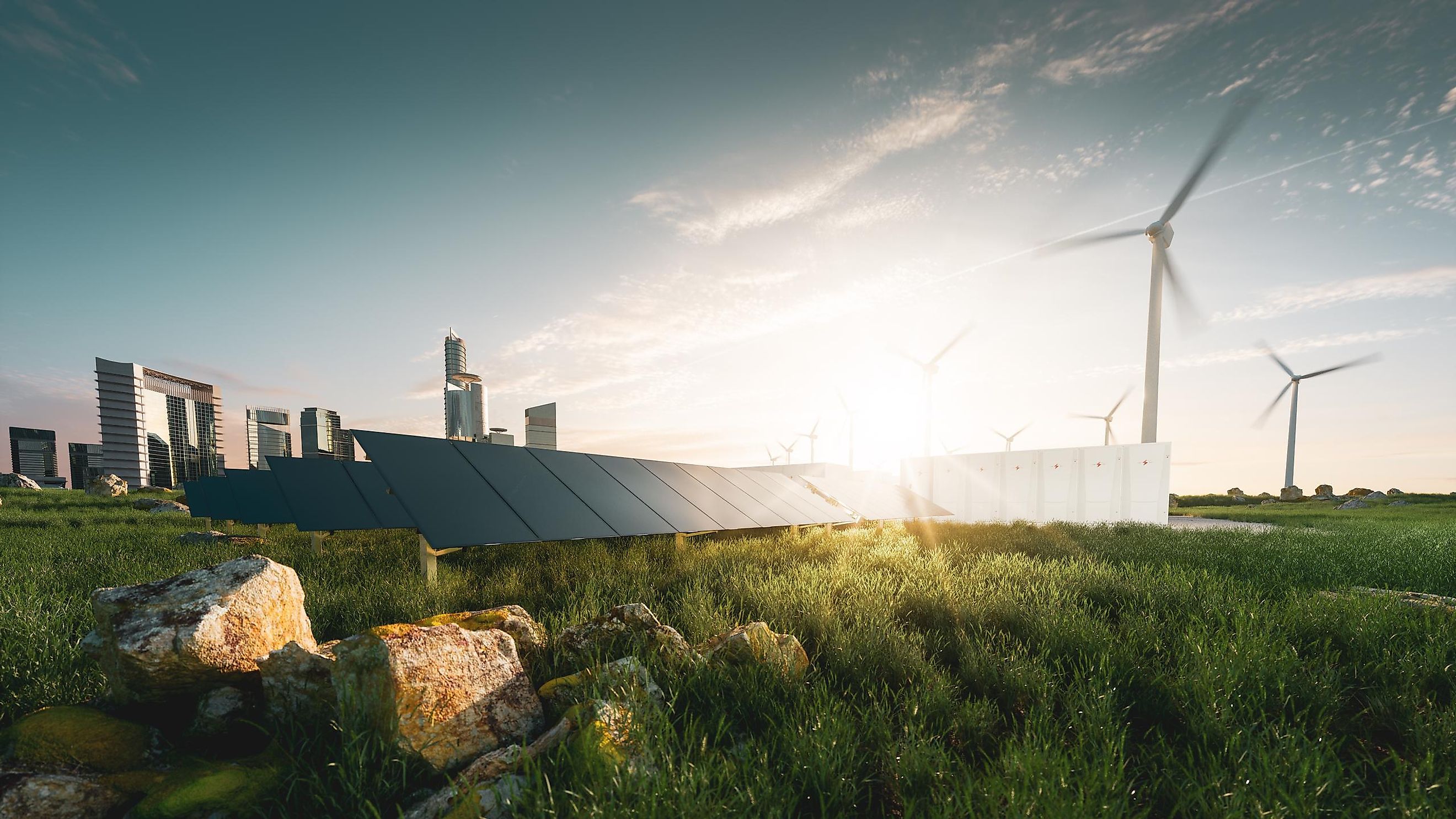
Which Countries Have Made the Most Progress Towards the SDGs?
It’s been nearly seven years since the world adopted the Sustainable Development Goals (SDGs) in 2015. However, the COVID-19 pandemic has slowed down and, in some cases, reversed global progress towards the United Nations’ (UN) 2030 targets.
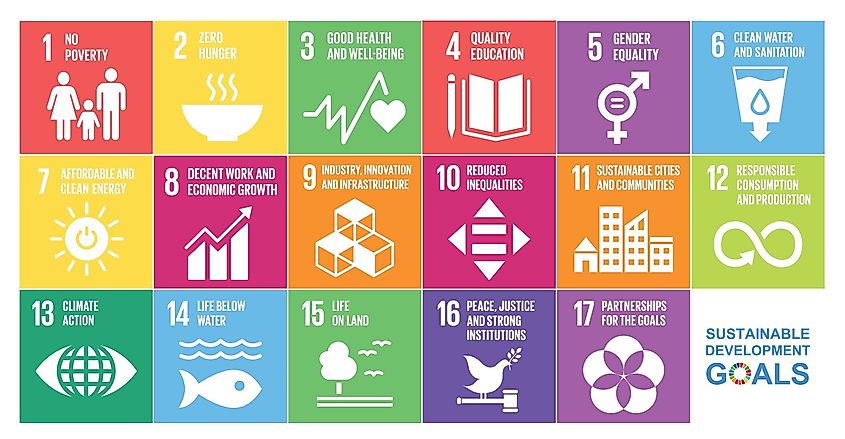
UN experts believe that, if current trends are sustained, the world is likely to fall short of its goals unless countries accelerate their development programs. Progress is especially slow in achieving SDG 13: ‘Climate Action’, as the rising prices of fuel in addition to short-term economic considerations slow down the transition to green energy.
In the face of such large-scale global challenges, which countries have achieved the most progress so far?
1. Finland
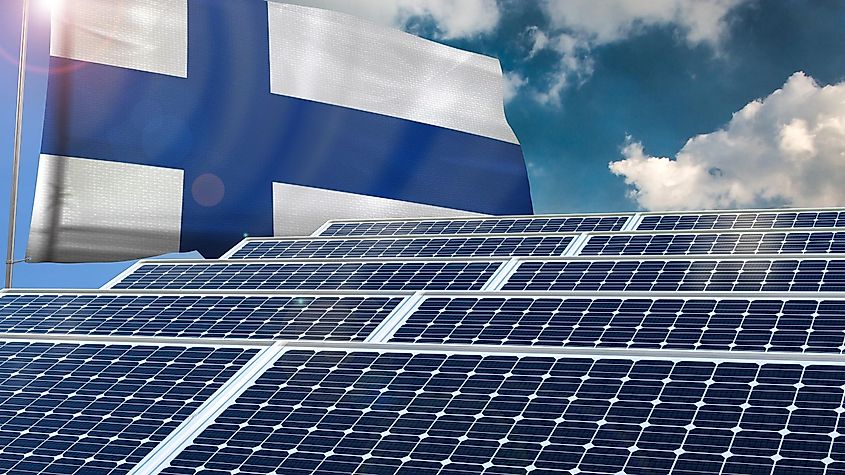
Finland has so far met 3 SDGs: ‘No Poverty’, ‘Quality Education’, and ‘Affordable and Clean Energy’. It is also on track to achieve ‘Decent Work and Economic Growth’.
Finland’s philosophy is to transition to a circular economy, which emphasizes reusing, recycling, repairing, and streamlining existing resources as opposed to extracting new ones. In the long term, this approach is conducive to efficient resource management and increased sustainability, making it effective in addressing multiple interconnected goals simultaneously. One main reason behind Finland’s success is its decentralized method of tackling its ambitions, where autonomous city governments plan their own interventions in line with their knowledge of local needs and capacity.
2. Denmark
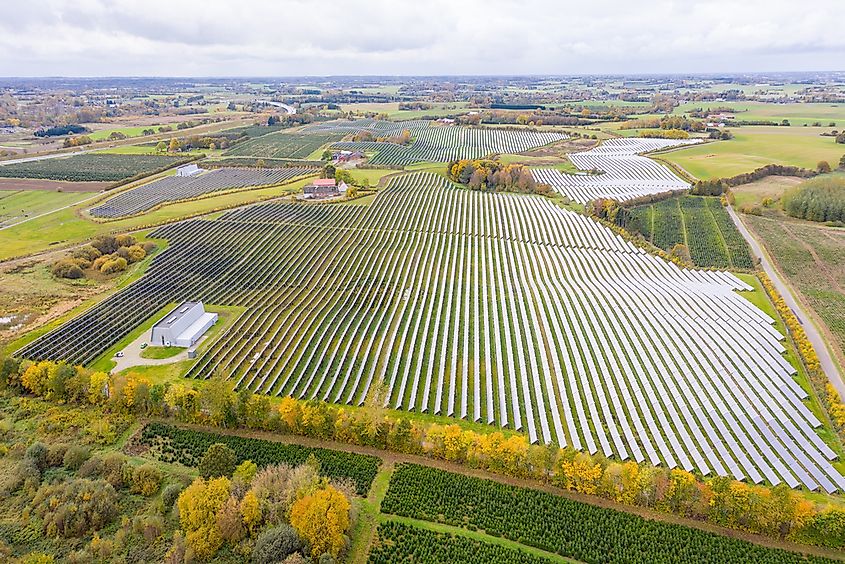
Denmark has also met 3 SDGs: ‘No Poverty’, ‘Affordable and Clean Energy’, and ‘Reduced Inequalities’. It is on track to achieve ‘Gender Equality’, ‘Clean Water and Sanitation’, ‘Industry, Innovation and Infrastructure’, ‘Life on Land’, and ‘Partnership for the Goals’. Though it may currently be on track to achieve more SDGs, Denmark lags behind Finland in other goals, placing it at second.
In line with the cooperative and multilateral spirit of the SDGs, Denmark has established an inter-ministerial team to efficiently plan and harmonize work across different state institutions. The Danish government has set its sights on green energy and tackling climate change. To that end, It has also partnered with Germany to jointly align the goals of the SDGs and the Paris Agreement.
3. Sweden
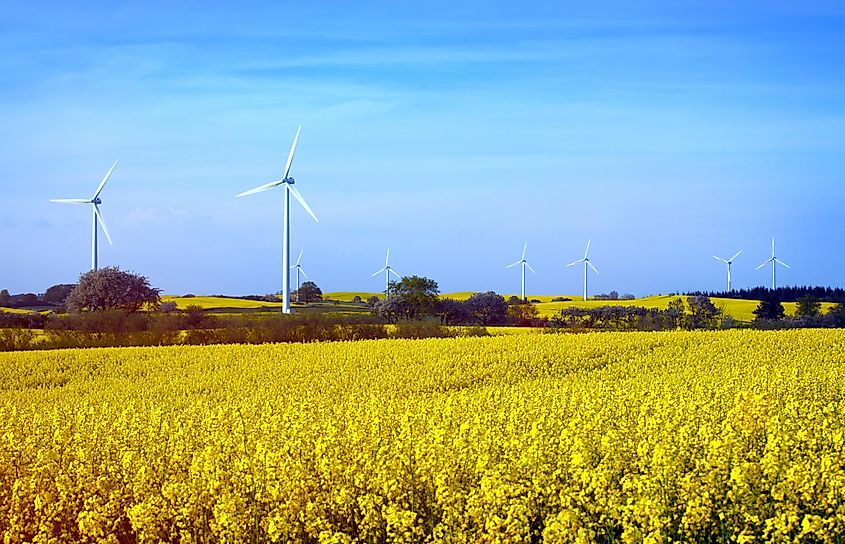
Sweden has met its targets for ‘No Poverty’, ‘Gender Equality’, and ‘Affordable and Clean Energy’. It is on track to achieve ‘Clean Water and Sanitation’, ‘Decent Work and Economic Growth’, ‘Peace, Justice, and Strong Institutions’, and ‘Partnerships for the Goals’.
Similar to other Nordic countries, Sweden has invested heavily in innovative, sustainable, and climate-focused policies and interventions. To ensure the participation of a variety of actors within the country, Sweden focused on Corporate Social Responsibility (CSR) as an effective means to boost its progress. The government has also partnered with members of the scientific community to spearhead evidence-based solutions to environmental global challenges.
4. Norway
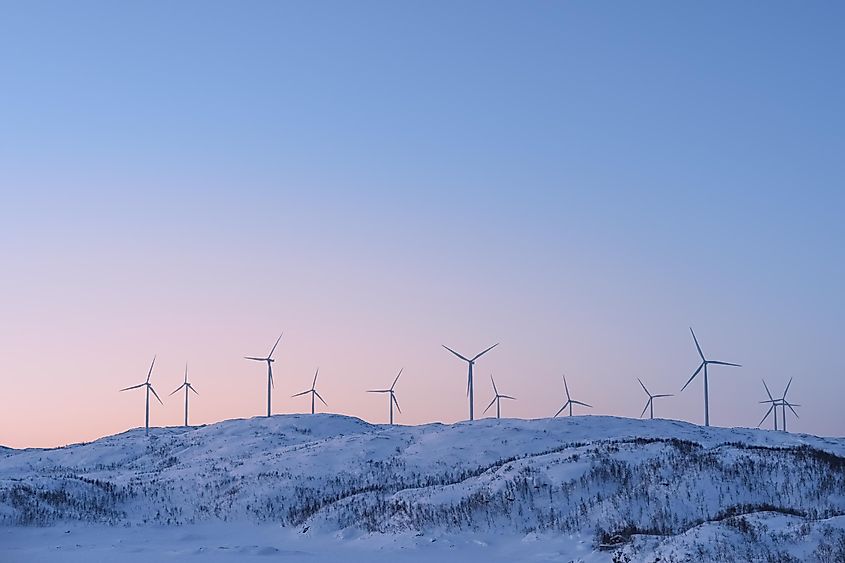
Norway has achieved ‘No Poverty’, ‘Gender Equality’, ‘Affordable and Clean Energy’, ‘Reduced Inequalities’, and ‘Partnerships for the Goals’. It is on track to achieve ‘Sustainable Cities and Communities’ and ‘Peace, Justice, and Strong Institutions’.
The government of Norway credits its strong support for social welfare system for its impressive progress towards achieving its targets. In line with the UN’s Leaving No One Behind (LNOB) principle, Norway has sought the engagement and participation of trade unions and civil society actors to empower the most disadvantaged of Norwegian society.
5. Austria
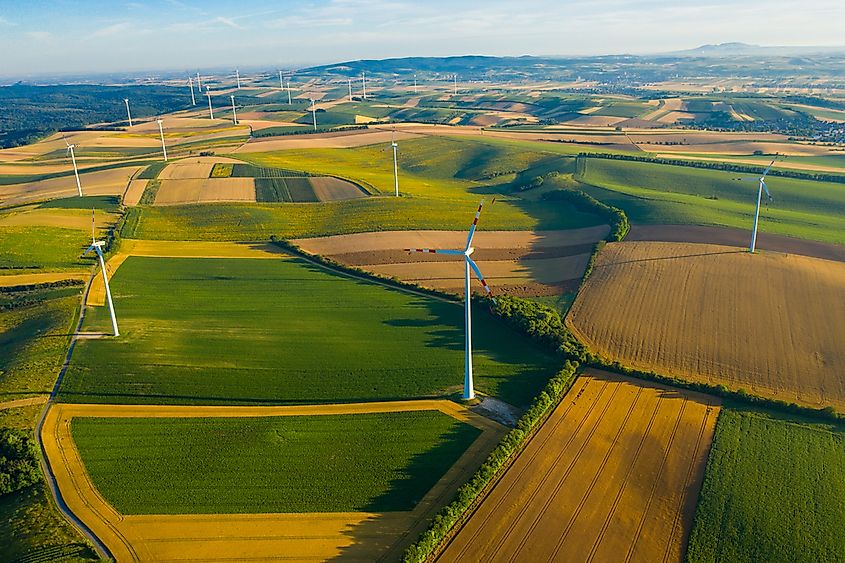
Austria has met ‘No Poverty’ and ‘Affordable and Clean Energy’ and is on track to achieve ‘Clean Water and Sanitation’, as well as ‘Sustainable Cities and Communities’.
The Austrian government believes that digitalization and digital transformation should be a priority in its planning and policy interventions. It believes that allowing Austrian citizens and businesses transparent access to digital governmental platforms can help address multiple SDGs at once. For example, Austria has proposed an initiative to the EU to increase the use of hydrogen as an efficient energy source to reduce dependance of fossil fuels.
The adoption of SDGs was a significant milestone in development, and a promising sign of the potential for global cooperation. It is therefore important for countries to learn from each other’s successes to ensure that the goals are met.











